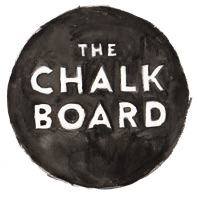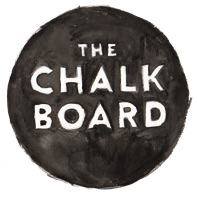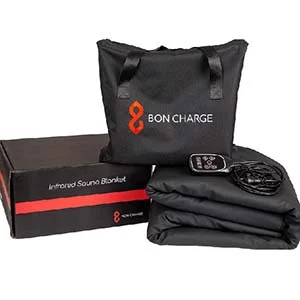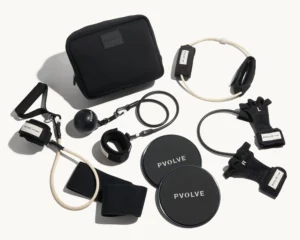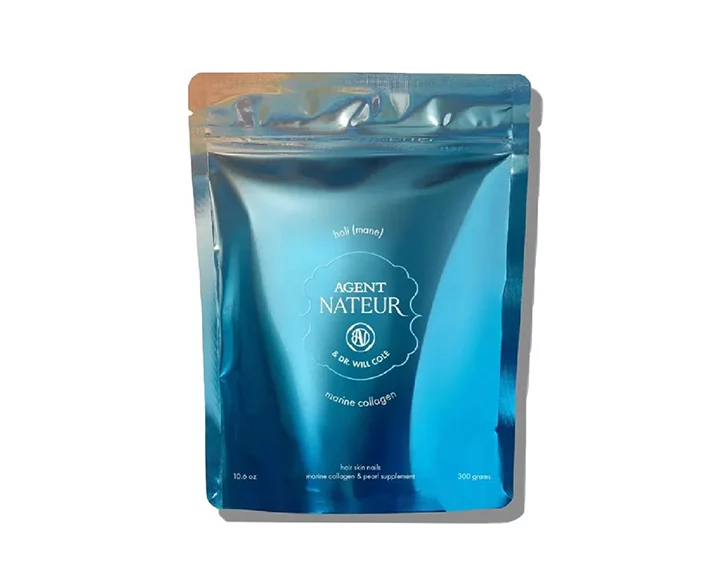Call it intuition but maybe now is the time to address that mountain range of post-its and to-do lists piled up on your desk and find a system to get (and stay) organized.
We’ve recently fallen in love with the hyper-tidy bullet journal trend of Pinterest fame thanks to our friends at Free People’s Bldg 25, and are breaking it down into a simple step-by-step below! Whether you’re a full-fledged organization nerd like we are, or in desperate need of an intervention by one, starting a bullet journal is your one-way ticket to well-planned paradise…
What Exactly Is A Bullet Journal?
An analog system, created by Ryder Carroll. According to him, “it’s meant to help you track the past, organize the present, and plan for the future.” It’s an organizational system inside of your notebook that is meant to help you keep track of anything written. If you are the type of person that writes everything down, including goals, or ideas that you want to explore, I suggest you give this a try. It will help you identify what is most important, and what can be sifted through. It’s different then buying a pre-made agenda, because of its flexibility to really make it your own, and stick to the organizational method of bullet journaling.
What Do I Need?
Grab a notebook and pen. Any will do. I suggest snagging a medium to small-sized notebook, so that it can travel with you throughout the day. This notebook will be your new BFF, holding your life in its pages. A ruler is also a great asset.
How Does It Work?
The bullet journal is broken down into 4 key concepts:
Index | This is the brain of your new journal. Each time you start a new page, you will number it, add a title and page number to your index. This makes it easy for you to find it later.
Collections | Each page that you create in your journal is given a topic. These topics are referred to as collections. A Collection is a grouping of related ideas. They could be in list, sketch, map, tracker, or even note form. There are three main collections that every bullet journal will have: The Future Log, Monthly Log and Daily Log.
Future Log | This is where you jot down what’s going on in the months ahead. Include any important dates.
Monthly Log | The monthly log looks deeper into the current month. I just started my journal in August. So after creating my future log, I won’t create another. But at the beginning of each month I will create a new page for that month’s log, and fill it with important events.
Daily Log | I used two pages, and spread the week out. The date at the top will be the topic, (that you will add to your Index, to make it easy to find). Throughout the course of the day, you will “rapid-log” tasks, events and notes.
Other Collections | The above collections are those that serve as the core of your journal, to keep you organized monthly and daily. Every single page counts as a collection. Collections can be goal plans, shopping lists, doodles, meeting notes… anything! Just write the topic at the top of the page, and add that topic and the page number into the index. Here’s a quick list of fun collections to start: 2016 goals, 2016 books to read/read, in-season produce, favorite quotes, dog names, address book, clean eating tracker, Netflix show schedule, flowers in bloom, workouts, favorite wine list, etc.
Rapid Logging | This form of logging is supposed to be quick and organized. A key will be made in the beginning of your journal, which you will refer to throughout. The dot represents any task that I write down. When I complete the task, I turn it into an X. My event bullet is an open circle. Events are date-specific. My note bullet is a dash, which is written before any note I want to remember. You will use rapid logging throughout the entire bullet journal, in the Future, Monthly and Daily Log, and any other collections.
Migration | At the end of the month, set aside time to review your journal. See any tasks, events or notes that weren’t completed? If they are worth pursuing, migrate them into next month. If they aren’t, cross them out and move on. Anything that is worth doing, but maybe later in life, should be added to your Future Log.
How Do I Get Started?
I know it all sounds like a lot, but once you get going, it’s a total breeze. I suggest making your key, setting aside 4 pages for your Index, create your Future Log, and a log for the current month. Start your Daily Log. Then, you can do just about anything you want! Each page will be in your Index and never forgotten. Once this journal is full, I will absolutely continue the process. It will allow me to archive my life and ideas. Storing them on my bookshelves will be wonderful, so I can peek back any time.
Head over to Pinterest and typing in “Bullet Journaling”. You will get a massive response, full of colorful and cool ways to set up pages, and new list ideas. Mine is super clean, black and white, and to the point. But you can make yours as colorful and artistic as you’d like. Here is a video that is really great to watch from the Bullet Journal creator himself. It helped me when initially setting mine up.
Is journalling helping you right now? Have you ever heard of bullet journaling?
What are some collections (pages) you would add to yours? Let us know below!
For more fun projects and creative inspiration, check out Free People’s blog, BLDG 25.
